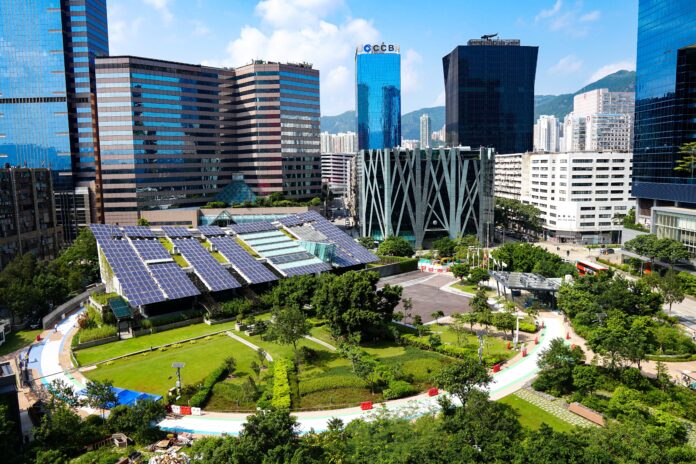In today’s world, the challenges posed by environmental degradation and climate change require urgent action. Sustainable living has emerged as a powerful solution to address these challenges. By reducing waste and embracing eco-friendly practices, individuals can contribute to the preservation of our planet for future generations. This article explores the art of sustainable living, focusing on strategies to reduce waste and adopt eco-friendly habits.
Understanding Sustainable Living:
At its core, sustainable living involves making conscious choices that promote the well-being of the environment and society. It is guided by principles such as resource conservation, waste minimization, and respect for nature. Individuals can integrate sustainable practices into their daily lives by understanding these principles. One might even find a lot of overlap between minimal living and sustainable living. Since, at their core, both living styles are all about living mindfully and controlling the number of resources used.
Reducing Waste: Strategies for Sustainable Living:
To embark on this journey, adopting a minimalist lifestyle can be transformative. By decluttering and minimizing possessions, individuals can avoid unnecessary consumption and reduce waste. Additionally, sustainable consumption practices, such as conscious shopping, choosing durable and reusable products, and avoiding single-use items, play a significant role in waste reduction. Implementing effective waste management techniques, including recycling, composting, and proper disposal of hazardous materials, further contribute to minimizing waste.
Embracing Eco-Friendly Practices: Steps towards Sustainability:
Sustainable living extends beyond waste reduction. Embracing eco-friendly practices involves making conscious choices in various aspects of life. Transitioning to renewable energy sources and conserving energy through simple habits like turning off lights and unplugging electronic devices are crucial steps in reducing carbon emissions. Promoting sustainable transportation, such as using public transportation, carpooling, and opting for walking, cycling, or electric vehicles, significantly reduces the environmental impact of commuting. Sustainable food choices, such as eating local and seasonal produce, reducing meat consumption, and supporting organic and fair-trade products, contribute to the preservation of natural resources and promote a healthier lifestyle. Conserving water resources through the use of water-efficient fixtures and appliances, as well as adopting water-saving habits, is also essential.
Benefits and Impacts of Sustainable Living:
The benefits of sustainable living extend beyond the environment. By reducing their carbon footprint, individuals actively participate in mitigating climate change. Moreover, sustainable living practices preserve natural resources, protect biodiversity, and ensure a cleaner and healthier environment. Economically, sustainable living leads to cost savings through energy and water conservation, while also creating employment opportunities in sustainable industries. Finally, it positively impacts personal well-being, offering cleaner air and water, and an improved quality of life.
Spreading the Message of Sustainable Living
Spreading the message of this method of living is crucial for its widespread adoption. Individuals can play an active role in inspiring others by leading through example. By sharing personal experiences and the positive impacts of sustainable practices, we can motivate others to make changes in their own lives. Engaging in conversations, organizing community events, and participating in local sustainability initiatives can amplify our collective efforts. Together, we can create a ripple effect of change that reaches far and wide, ultimately creating a more sustainable and resilient world. Let us embrace the art of sustainable living and inspire others to join us on this transformative journey.
Overcoming Challenges and Spreading Awareness:
While embracing this way presents challenges, education, and awareness play a pivotal role in overcoming them. By providing information and raising awareness about the importance of sustainable practices, individuals can be empowered to make informed choices. Media and social networks also serve as effective platforms for disseminating information. Furthermore, collective action and policy changes are essential to drive systemic change. Advocating for sustainable policies and actively participating in community initiatives fosters collaboration and accelerates progress.
Conclusion:
The art of sustainable living lies in the reduction of waste and the embrace of eco-friendly practices. By adopting a minimalist lifestyle, practicing sustainable consumption, implementing effective waste management, and embracing eco-friendly habits, individuals can contribute significantly to a sustainable future. The benefits extend beyond environmental preservation, encompassing economic prosperity and personal well-being. With education, awareness, and collective action, we can create a world where sustainable living becomes the norm. Embrace the art of sustainable living and let us pave the way to a brighter future for our planet.
And as always folks if you are interested in reading some of the latest articles in Hindi be sure to check out the Mojo Patrakar. Also if you enjoyed this article and would like to read another one equally as interesting check out Beyond the Selfie: The Evolution of Self-Portraiture in the Digital Age



